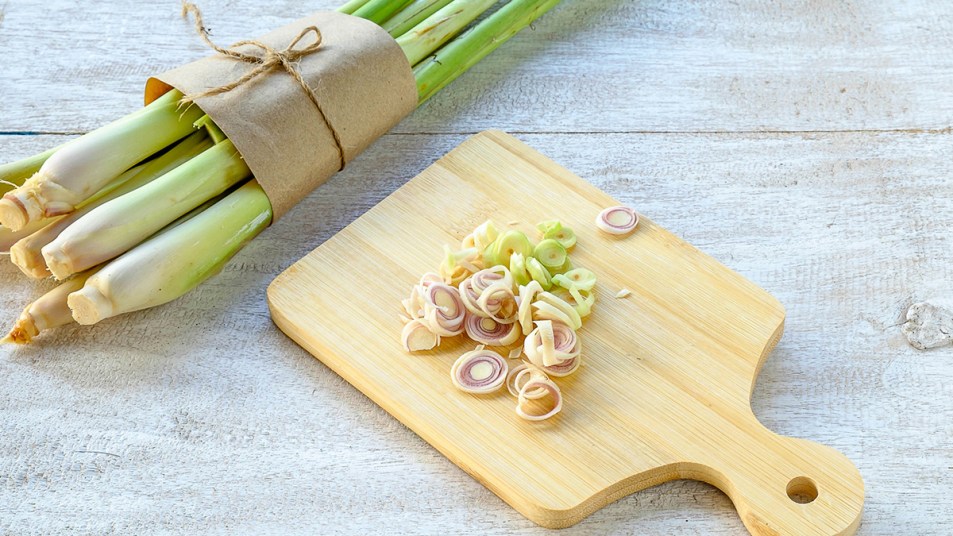How to Easily Grow Lemongrass at Home For Soups, Stir-Fries, and Teas

Lemongrass plants (Cymbopogon citratus) are popular for their culinary uses, as the lemony flavor is perfect for cooking certain dishes. The fast-growing plant has juicy edible stalks and the green leafy portions are the ideal addition to fragrant teas.
Lemongrass’ slightly bulbous base is particularly used in Asian cooking, such as Thai cuisine, and the long, sharp-edged lemon-scented leaves are popular for teas and flavorings. The foliage adds gorgeous color outside during the fall, when it turns burgundy and red.
Lemongrass is best used fresh by cutting individual stems from the white ends (base) and discarding any discolored parts. But to get the tropical plant, you need to know how to grow your own lemongrass first.
So we’ve spoken to Stephanie Jones from MyJobQuote to get the best step-by-step guide on how to grow your own lemongrass.
“Lemongrass or Cymbopogon is a tropical grass plant which is known for producing oil with a fragrant lemon scent. This is a popular ingredient in Asian dishes and is also used in the production of medicine and perfume,” she says.
How to Grow Lemongrass
The first step involves sewing thin layers of lemongrass seeds into small pots. “To ensure the seeds have good contact with the soil, you should gently press down on them,” Stephanie adds. “You should then water the seeds from the bottom of the pot. You can do this by placing the pot over a bowl or saucer of water. To germinate the seeds, you should invest in a heat propagator.”
Once the seedlings become easy to handle, you should then separate them by putting three seeds in each pot, making sure you place them in multi-purpose compost. These should then be placed on a windowsill where it is bright and there is no risk of frost damage.
You may have to move the seeds into larger pots once the roots start to poke through the bottom. By this time, they will be ready for the growing stage. Lemongrass should be placed in a sunny area of the garden, although try to make sure there is some sort of shelter nearby during the summer months. The plant should also be watered at least every other day.
In the later summer months, you should bring lemongrass indoors and place the plant in a cool and bright area. Once inside, you can reduce watering to keep the compost moist. When fall comes the foliage will turn brown. You should cut this back to around four inches.
And those are some simple tips to make sure you have fresh lemongrass on hand all year round!
This article originally appeared on our sister site, Yours.
















